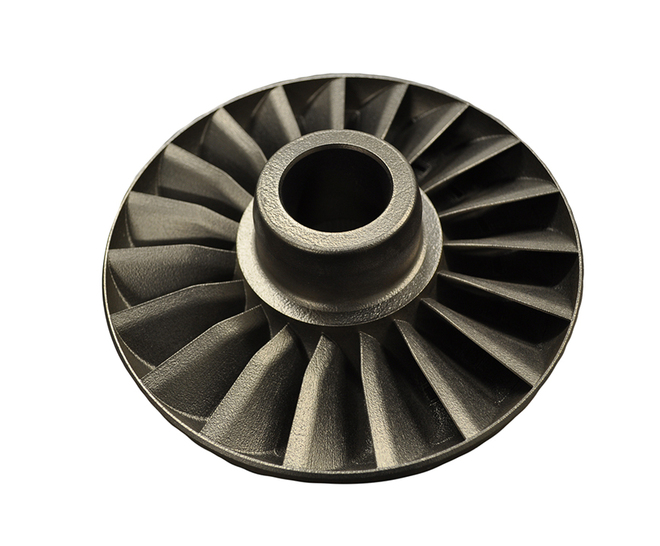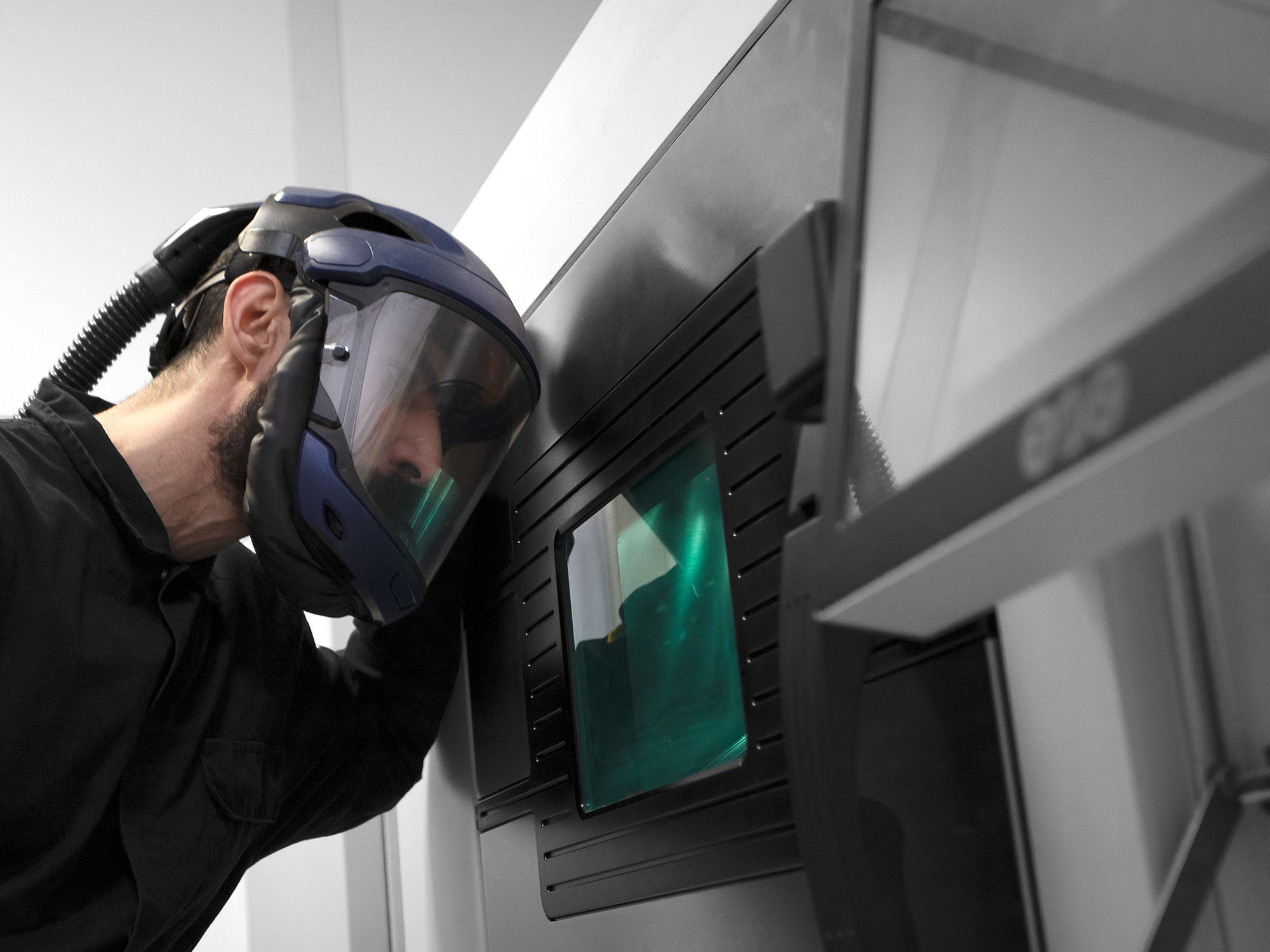Business opportunities with additive technology
With increased product complexity as well as demands for shorter lead times and more sustainable production, many business opportunities are opening up linked to Lasertech’s operations within 3D printing and laser welding.
Unique technical combination
Lasertech in Karlskoga works in the fields of industrial 3D printing and laser welding, with laser technology as the common denominator. Lasertech’s offering distinguishes it from other players working in the same niche and generates unique business opportunities.
“The combination of the two technologies increases our flexibility. We can help customers to build larger components than the capacity of our 3D printers. The products are divided up and printed in several pieces, which are then joined together using welding technology,” says Jonas Spalin, Managing Director of Lasertech.
More flexible than traditional manufacture
Above all, the thing that distinguishes 3D printing from traditional manufacture is its flexibility. Using additive technology, the product acquires precisely the properties required.
“We build in functionality in roughly the same way as doing a jigsaw puzzle – piece by piece. This provides considerable freedom in the design of the product,” continues Jonas.
“With additive technology, we can make rapid improvements and adaptations. We can also manufacture on-demand, as well as produce small batches efficiently,” adds Kristian Vingerhagen, 3D engineer at Lasertech.

Closed cycle
In addition to flexibility, this also offers benefits from a sustainability perspective.
“With 3D printing, we are not working on the basis of a blank that we have to drill or mill – we only build the parts we want to use. In this way, we do not generate either waste material or shavings, and we can recycle just about all the powder we use in the manufacturing process,” says Jonas Spalin.
“As we are able to manufacture on-demand at short notice, the customer does not need to keep any stock. The potential for local production reduces freight distances, which also reduces the climate footprint,” continues Kristian Vingerhagen.
Opportunities going forward
3D printing has been around for a long time as a complement to traditional manufacturing methods. Nevertheless, it is a relatively unexplored area in which Lasertech can see good business opportunities going forward. The same applies to its sister companies within the Precision Technology business unit. Experiences and technical expertise are continually being exchanged through internal production, marketing and sales networks. Being familiar with and being able to market each other’s operations forms part of the business unit’s day-to-day strategic work. The companies have differing profiles, but in many cases have the same customer segments, and the specific benefits of additive technology serve to bind the companies together.

